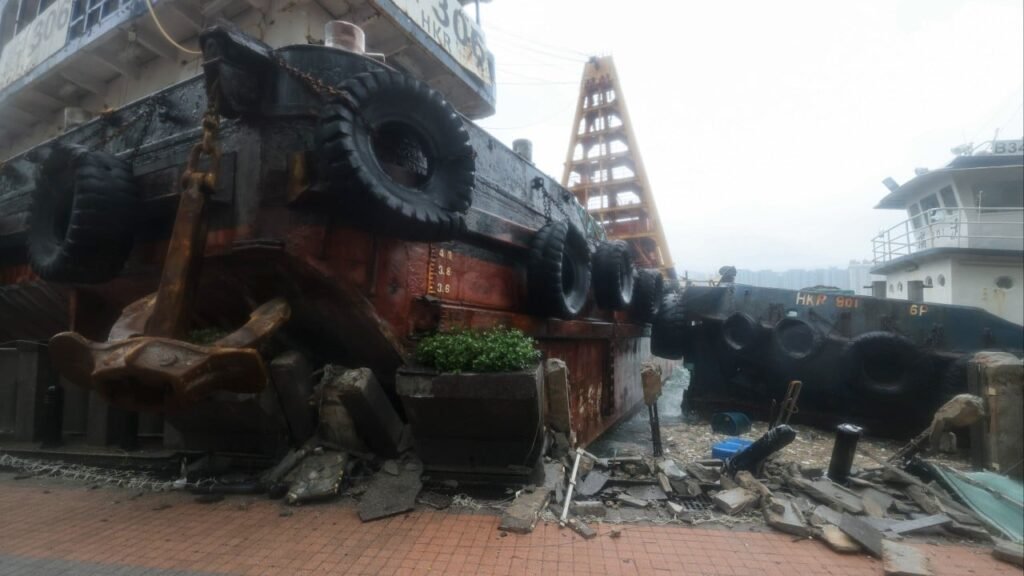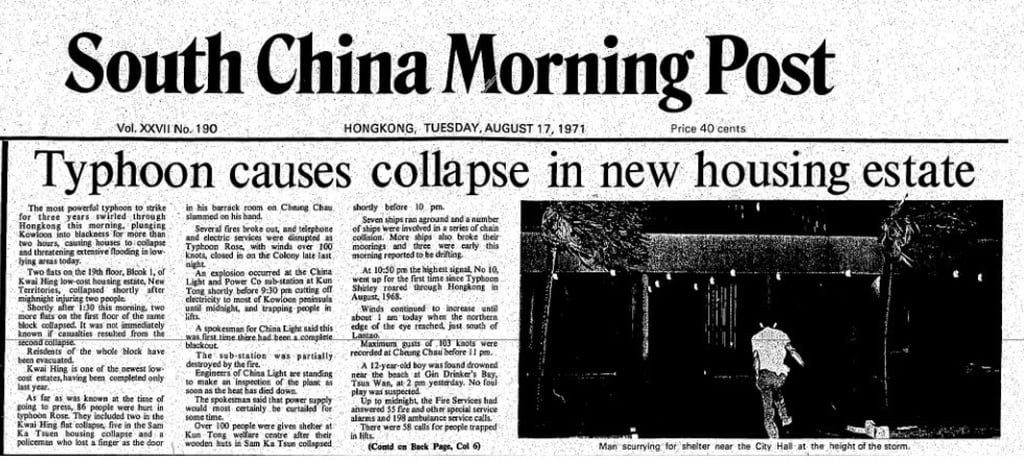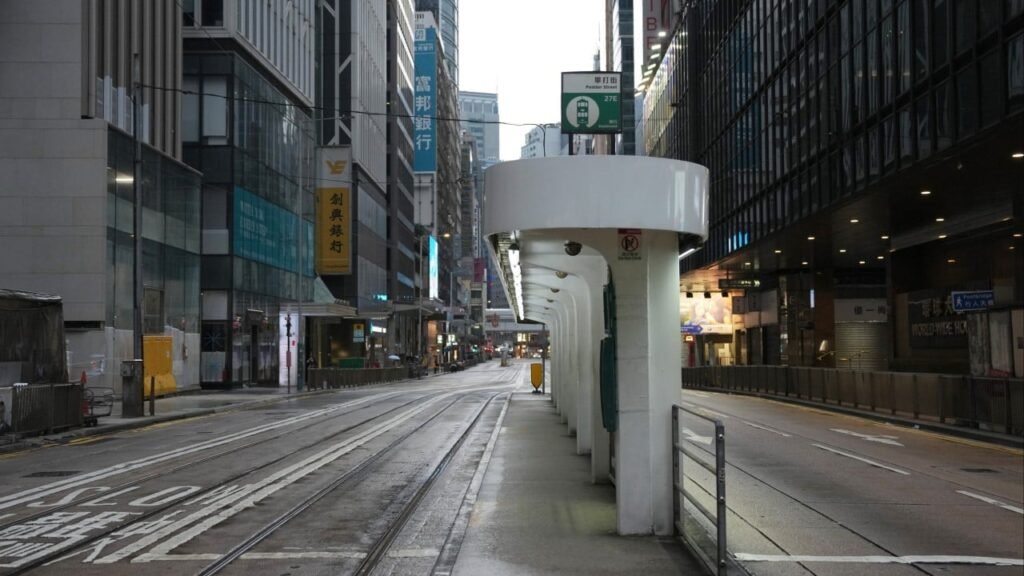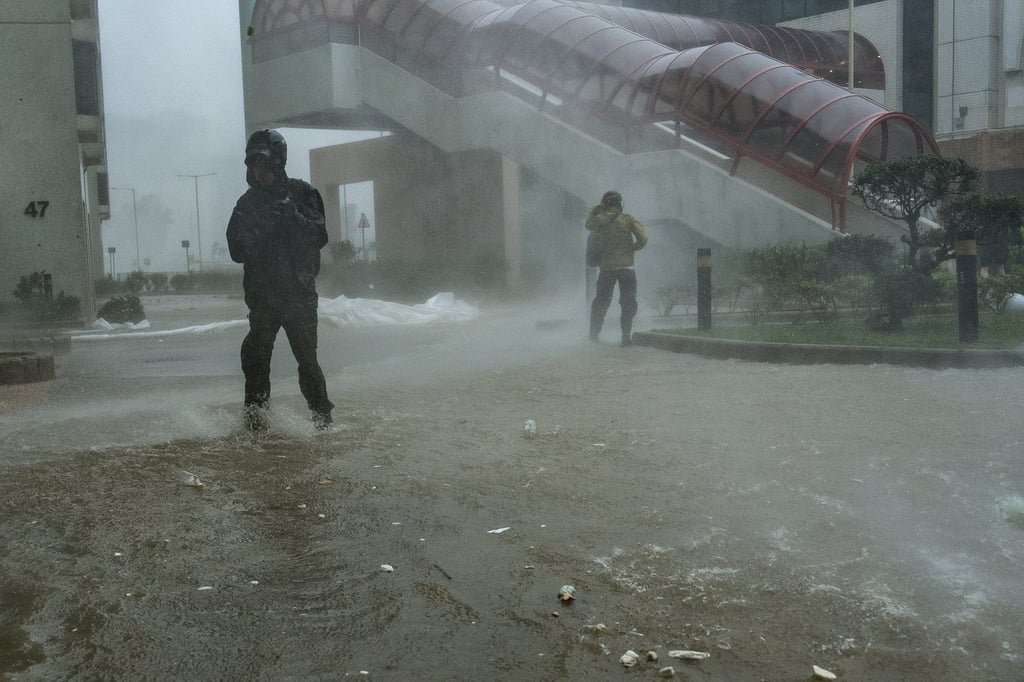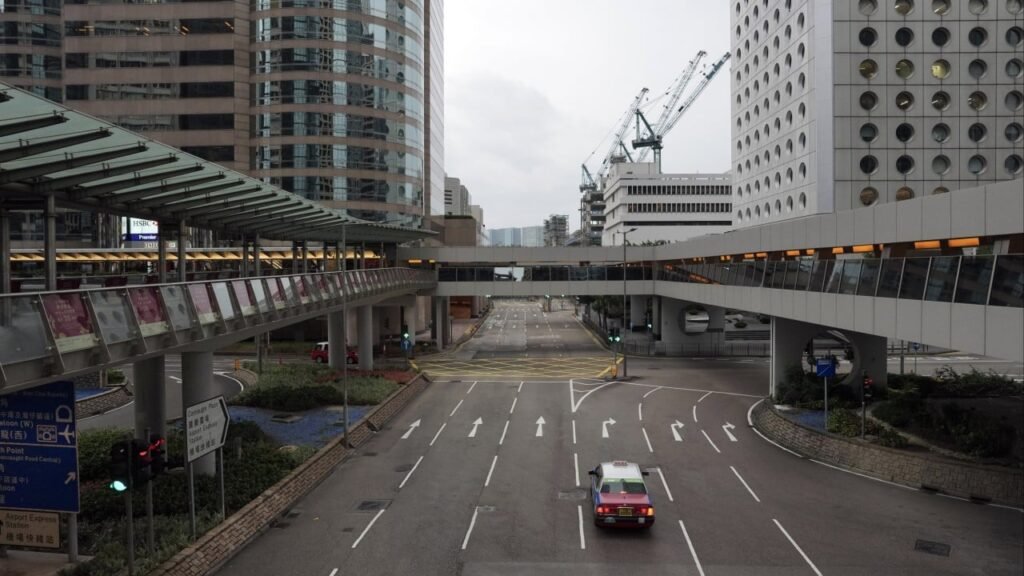Ragasa, which triggered the highest-level No 10 warning signal, came within about 100km to the south of Hong Kong in the morning before the storm was downgraded to a severe typhoon in the afternoon.
“Most of the buildings in Hong Kong have been built with wind calculations in mind, and vibration is an expected phenomenon when they face strong winds,” Robin Leung Chi-tim, president of the Hong Kong Institute of Surveyors, said on Wednesday.
He said that the taller and slimmer a building was, the higher the chance it was expected to sway in strong winds.

02:56
Super Typhoon Ragasa lashes Hong Kong, floods parts of the city
Super Typhoon Ragasa lashes Hong Kong, floods parts of the city
Leung added that such buildings were designed with elasticity, which allowed them to sway and then return to their normal position.



